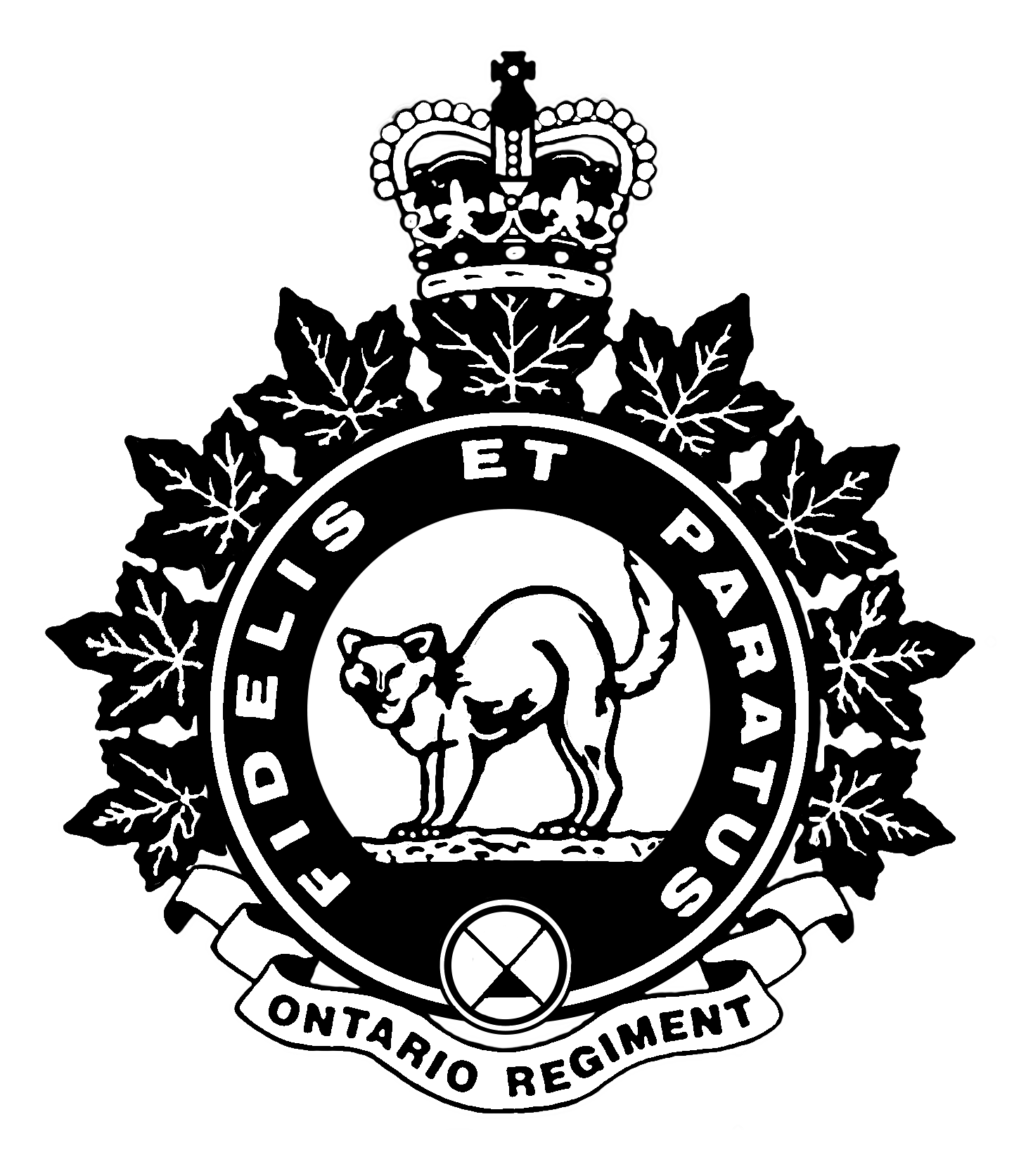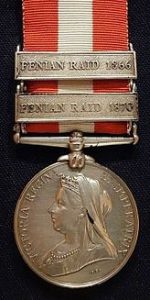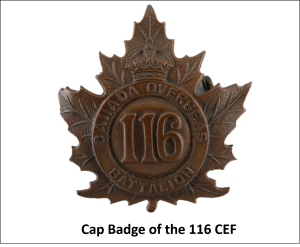The Ontario Regiment
Royal Canadian Armoured Corps
(Latin; Faithful and Prepared)
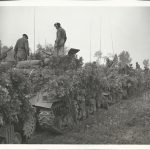
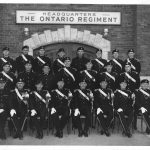
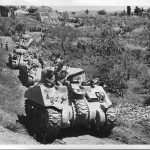
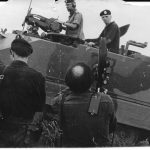
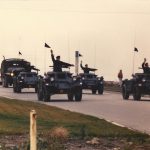

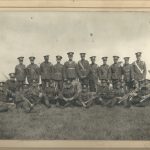
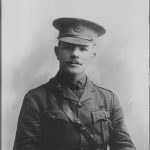
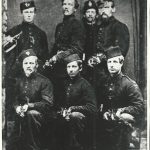

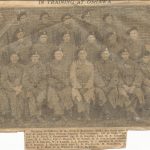
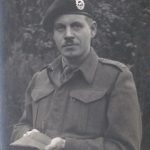
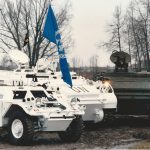
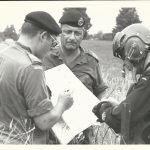
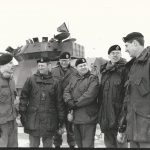
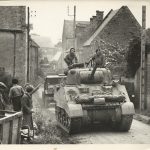
The Early Days
The earliest direct ancestor of the Ontario Regiment dates to 31 March 1858 when the Volunteer Highland Rifle Company of Whitby was formed as an independent company in the Active Militia of Canada. In late 1862 and early 1863 more independent of companies of militia were raised in the Ontario County communities of Oshawa, Whitby, Prince Albert, Brooklin, Columbus, Greenwood and Uxbridge. The Whitby Highland Rifle Company was one of many Militia companies sent to the Niagara area in late 1864, due to tensions with the United States. All of the independent companies served on the Niagara frontier at various times during the Fenian threat in the spring of 1866.
The 34th Ontario Battalion of Infantry, named for Ontario County (essentially what is now Durham Region), was authorized on 14 September 1866, comprised of the independent companies of the County. Although the name is different today, this was the birth of the Ontario Regiment. The 34th Ontario Battalion of Infantry contributed volunteers to the 1870 Red River Expedition, the 1885 North-West force and to the Canadian Contingent during the Boer War. The Regiment’s name was changed to the 34th Ontario Regiment in 1900.
World War One
At the outbreak of the First World War in August, 1914 Militia regiments were not mobilized, but instead recruited and sent men to numbered battalions of the Canadian Expeditionary Force (CEF). In November 1915 Major (later Lieutenant Colonel) Sam Sharpe was authorized to raise the 116th Battalion, CEF entirely from Ontario County. The 116th trained in Ontario and England throughout 1916 and arrived in France in February 1917. The 116th distinguished itself in France and Belgium, fighting in the battles of Hill 70, Passchendaele, Amiens, Canal du Nord, Cambrai and more.
A second battalion, the 182nd, was also raised from Ontario County but was broken up for reinforcements upon arriving in England. The Ontario Regiment perpetuates both the 116th Battalion and the 182nd Battalion today. The battle honours of the 116th Battalion are carried on the Ontario Regiment guidon.
Between The Wars
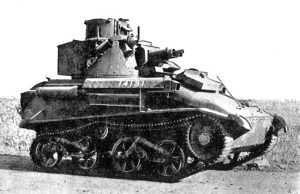
The Regiment was renamed The Ontario Regiment in 1920, dropping the “34th” from the name. It was one of six Militia regiments to be re-designated as tank battalions in December, 1936. Only the most fundamental tank training was conducted before the outbreak of the Second World War.
World War Two
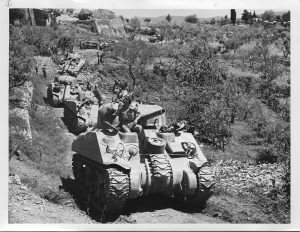
The Ontario Regiment was mobilized for active service in the Second World War on 1 September 1939. By the end of the month they had recruited to full strength. The Regiment initially trained in Oshawa and Camp Borden. Much of the summer of 1940 was spent guarding German prisoners-of-war in northern Ontario before returning to Camp Borden. The Regiment proceeded to England in June 1941 where they trained for the next two years, including a period when they provided coastal defense.
The Ontarios landed in Sicily with the 1st Canadian Army Tank Brigade in July, 1943 as part of Operation Husky. The Regiment moved to mainland Italy in September and fought its way north, supporting the infantry of many countries during such battles as Cassino, Liri Valley, Aquino, the advance to Florence and others. In March 1945 the Ontarios moved to north-west Europe where they remained to the end of the war..
Cold War and Modern peace Keeping
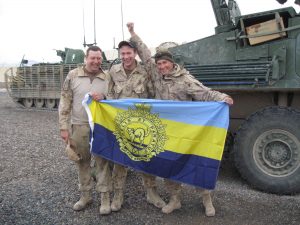
The Ontario Regiment trained on a newer version of the Sherman tank for over two decades after the war. The Regiment’s name changed in 1958 to the name it remains today: The Ontario Regiment (RCAC). In 1972 the Sherman tanks were retired and the Ontarios focused on reconnaissance training, employing jeeps for the purpose. The Regiment returned to the armoured role in 1979 with the introduction of the Cougar armoured vehicle to the Canadian Forces. Training on the Cougar began in 1980 and continued until its retirement in 2003. At that time, the Ontario Regiment returned to the reconnaissance role.
A significant number of the Regiment’s soldiers have volunteered for operational deployments since the Second World War. This has included NATO operations in Germany and Bosnia and for United Nations duty in Cyprus, Cambodia, Sudan, the Golan Heights and others. Many more served in Afghanistan as part of the International Security Assistance Force (ISAF).
Regimental Battle Honours
First World War
- Somme, 1916
- Arras, 1917
- Vimy, 1917
- Hill 70
- Ypres, 1917
- Amiens
- Passchendaele
- Scarpe, 1918
- Drocourt–Quéant
- Hindenburg Line
- Canal du Nord
- Cambrai, 1918
- Valenciennes
- France and Flanders, 1916–18
Second World War
- Pursuit to Messina
- Sicily, 1943
- Colle d’Anchise
- The Gully
- Casa Berardi
- Ortona
- Point 59
- Cassino II
- Gustav Line
- Sant’Angelo in Teodice
- Liri Valley
- Aquino
- Trasimene Line
- Sanfatucchio
War in Afghanistan
- Afghanistan

